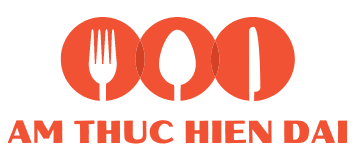The history of beer in Vietnam is closely tied to the French colonizers. The occupiers introduced the beverage to the country at the end of the 19th century, making it popular among the local population.
Decades later, several highly capitalistic concentration efforts led to the formation of a “brewing giant,” the Brasseries et Glacières d’Indochine (BGI), which not only dominated the Indochina market but also expanded its reach globally by leveraging the French colonial empire.
But as Vietnam’s fight for independence grew stronger, this “French chapter” of the country’s beer history came to an end—and not peacefully. Vietnam gained its independence after decades of fighting that involved not only the French but also the Americans.

This struggle brought significant changes to the beer industry. The French brewing empire was nationalized in two phases: first in the north in 1954, and then in the south in 1975.
This article focuses on this turbulent transition, which shaped Vietnam’s beer culture for decades to come. As a bonus, it also includes a short look at the drinking habits of American soldiers during the war.
💡 An History Beer in Vietnam – The project
This is the third article in a series exploring the history of beer in Vietnam. The full list of articles can be found below:
- Part 1: The Early Days
- Part 2: Colonial Capitalism
- Part 3: The War for Independence and the Nationalizations
- Part 4 : Brewing in a Socialist Economy
- Part 5: Đổi Mới—The Golden Opportunity for Multinational Firms
If you think any key information is missing, feel free to share additional sources on this topic. I’m far from finished writing about beer in Vietnam!
1. The North
Hollywood’s portrayal might leave you with the impression that Vietnam’s War for Independence was solely a confrontation between the North Vietnam Communist forces and American soldiers supporting the Southern regime.
This perspective overlooks an earlier, bloody chapter: the French did not give up their hold on Vietnam—or their economic interests—peacefully.
A key date in this struggle is May 7, 1954, when the French army surrendered to the North Vietnamese Army in Điện Biên Phủ after weeks of heavy fighting.
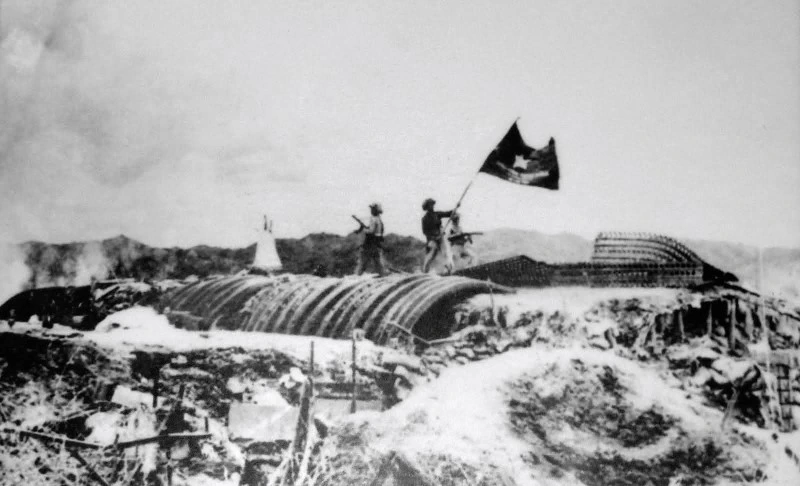
This humiliating defeat, formalized by the Geneva Agreement a few months later, marked the end of France’s colonial presence in Vietnam and divided the country into two regions.
A potential agreement
Despite their withdrawal, the French attempted to maintain economic influence in North Vietnam. In December 1954, an agreement was signed between France and the Democratic Republic of Vietnam (DRV), allowing in theory existing French companies to continue operations without discrimination.
The document allowed these companies to repatriate profits to France, with assurances that, in the event of nationalization, advance notice and reasonable compensation would be provided.
The French newspaper Le Monde reported that French authorities refrained from commenting on the signature, choosing instead to wait and observe its promulgation and enforcement.
In hindsight, this skepticism made a lot of sense. While it’s difficult to trace all the details of this turbulent transition period, it’s clear that the terms of the agreement were never fully upheld.
The Fate of Hommel Brewery
As for Hommel’s brewery site in Hanoi, one of the first places where beer was brewed on Vietnamese soil, information is even scarcer. Vietnamese sources indicate that by 1957, the brewery had been abandoned following the French departure from Hanoi. The site was left in a state of disrepair, with equipment and documents removed, marking the end of French control over the operation.
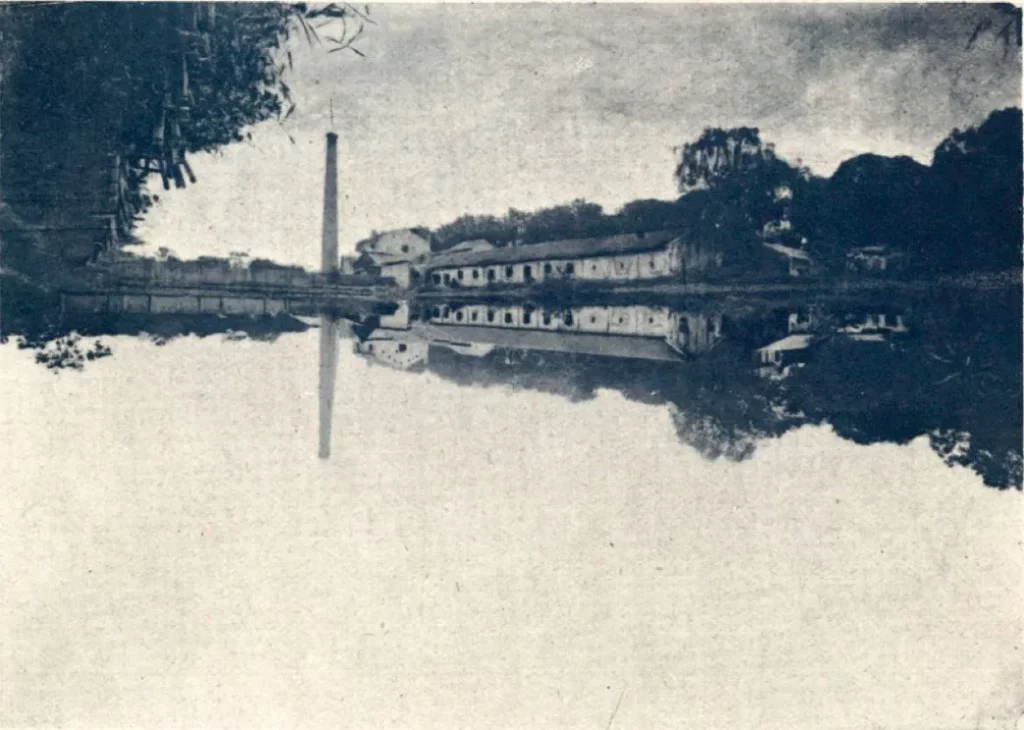
The Vietnamese authorities would later take over and attempt to relaunch the brewery, but not without significant challenges.
This story will be explored in the next part of this series of articles.
2. The South
In the South, the post-1954 period marked the end of French rule but not the end of business for the BGI group.
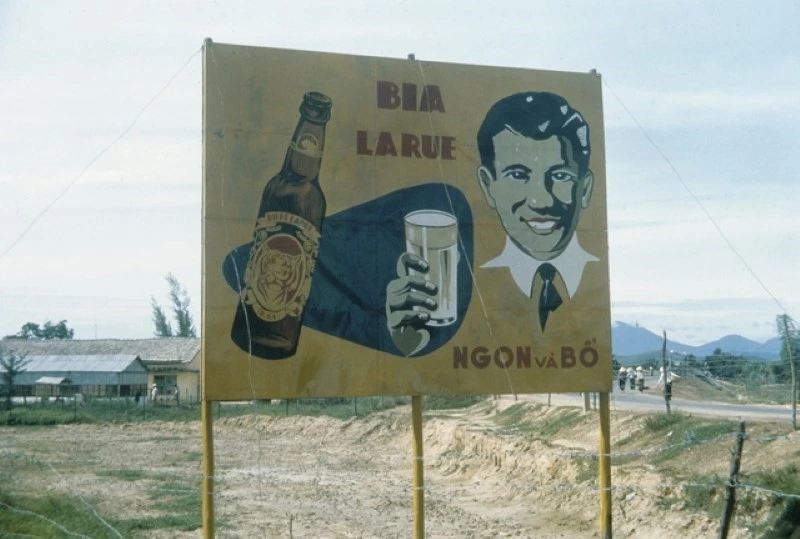
Despite shifting its focus increasingly toward international markets, the group continued supplying South Vietnam with its iconic brands, operating without interference from the South Vietnamese government.
Beers During the Vietnam “American” War
The group retained its local customer base, but the growing involvement of Americans in Vietnam introduced a new population of beer drinkers: American soldiers and operatives sent to support the crumbling South Vietnamese regime.
The Vietnam conflict produced many accounts detailing what they drank and even their opinions about it.
American Beer Brands
It’s important to note that the U.S. Army took responsibility for providing beer to their troops. Logisticians sourced beer from the lowest bidder, ensuring it was available to soldiers stationed at bases or even in camps on the front lines.
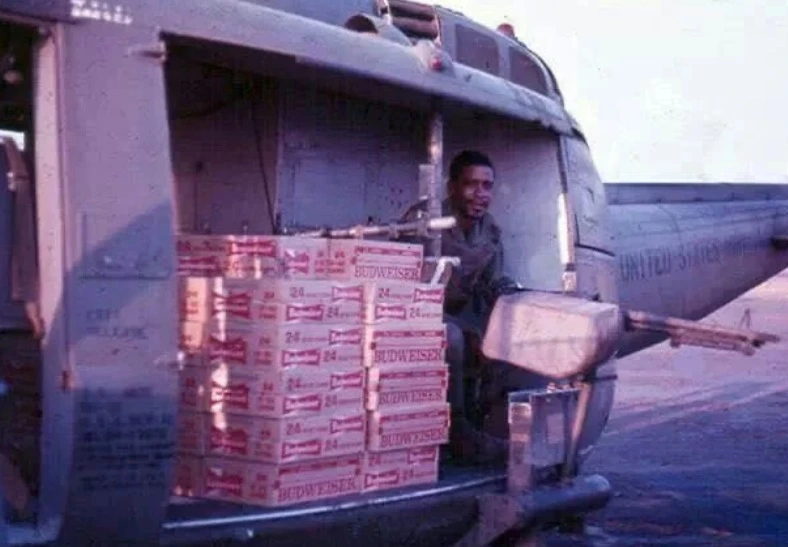
This period saw brands like Pabst Blue Ribbon, Schlitz, and Budweiser imported to Vietnam, though the beers often arrived in questionable condition. The intense heat and lengthy sea transport frequently affected their quality.
Pabst Blue Ribbon’s presence in Vietnam was even immortalized in the movie The Greatest Beer Run Ever, though the film received poor reviews from critics.
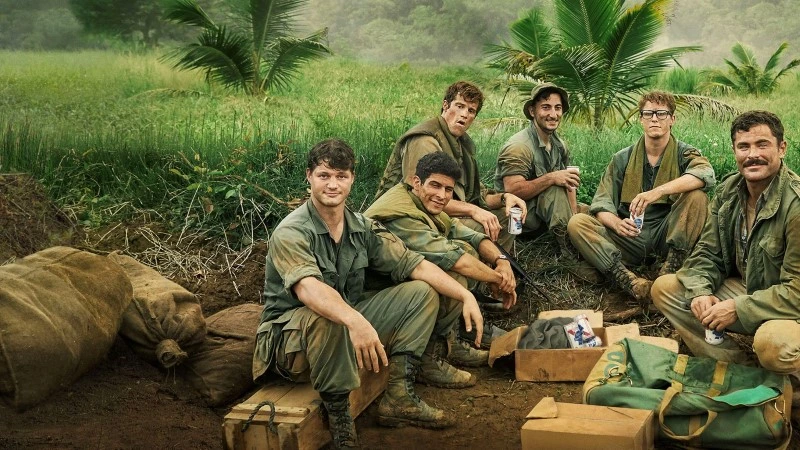
33 Export and Tiger Beer
As mentioned earlier, both of these BGI brands were also present in the market. American soldiers had two distinct impressions of them:
- 33 Export was generally considered “good,” but it was not always available.
- Larue Beer (with its distinctive “Tiger” logo) was far easier to find but had a poor reputation among troops. Its inconsistent quality made opening a bottle a gamble—some bottles reportedly had particularly bitter or vinegar-like flavors. This inconsistency earned the beer the unflattering nickname “Tiger Piss.”
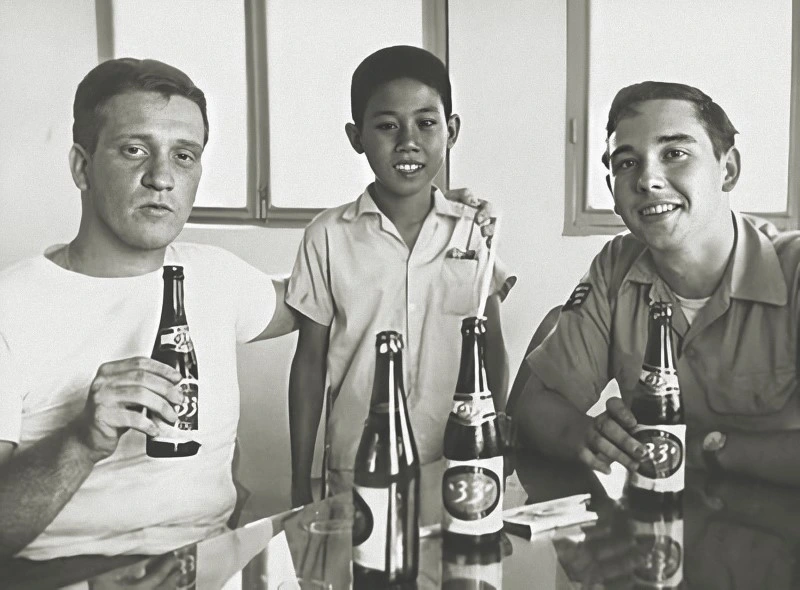
Overall, American troops placed little trust in BGI brands. A rumor even spread claiming the beers contained formaldehyde—a chemical used in building materials, disinfectants, and as a preservative in medical labs and funeral homes.
For trivia enthusiasts, the movie Good Morning, Vietnam includes a direct reference to this rumor.
1975: The Fall of Saigon and Nationalization
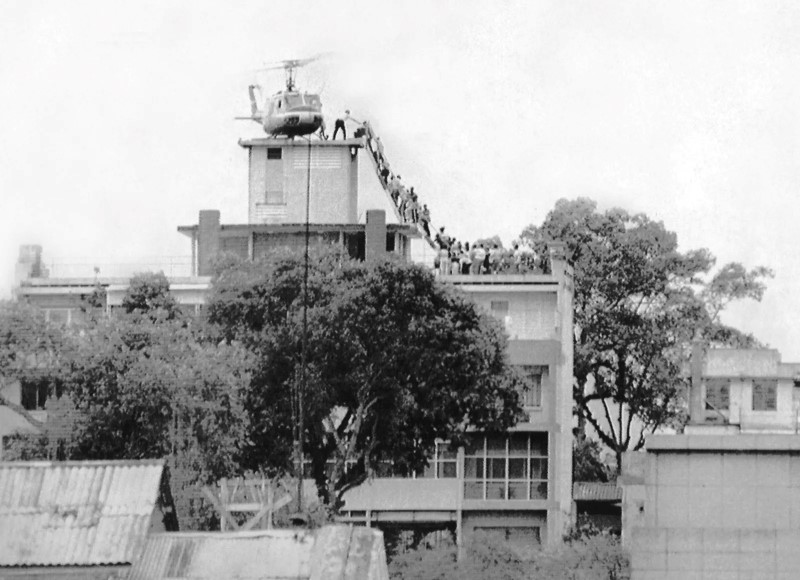
The reunification of South and North Vietnam on April 30, 1975, also marked the end of BGI’s operations in Vietnam.
Like the Hommel brewery site in the North, the historic Saigon site of BGI breweries (187 Đ. Nguyễn Chí Thanh) was nationalized to establish a new company to supply South Vietnam with beer.
There was, however, a significant difference in how events unfolded in the South: the Vietnamese authorities granted compensation to the BGI Group.
I found clear evidence of this payment in a 1980 report, which detailed how this extraordinary result was distributed to the group’s shareholders. As a quick reminder, by that time, the “I” in BGI no longer stood for Indochine but for International.
While I have not found details about the negotiation of this compensation, several plausible explanations can be given:
- The necessity of a peaceful transition: An agreement of this kind may have included provisions for a smooth transfer of production, ensuring that the Vietnamese authorities could take over a fully operational site—unlike the situation in the North, where the brewery was left in disrepair.
- Improved French-Vietnamese Relations: By 1975, France’s relationship with Vietnam had significantly evolved. The traumatic war for Algerian independence in 1962 had already convinced French authorities—particularly Charles de Gaulle—that the United States would not find a military solution to the conflict in Vietnam. In 1973, France re-established official diplomatic relations with North Vietnam, a move that likely contributed to a more cooperative environment during the transition.
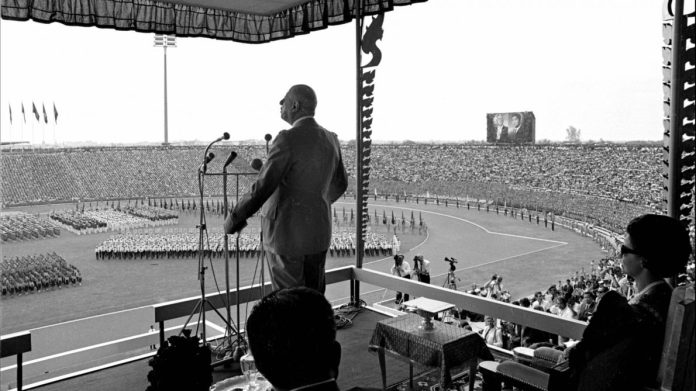
A History of Beer in Vietnam 🍺
- Part 1: The Early Days
- Part 2: Colonial Capitalism
- Part 3: The War for Independence and the Nationalizations
- Part 4 : Brewing in a Socialist Economy
- Part 5: Đổi Mới—The Golden Opportunity for Multinational Firms
